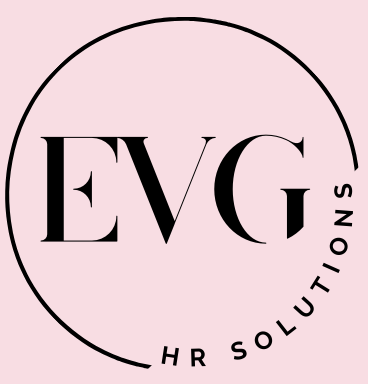An employee handbook is a crucial tool for any small business. It sets expectations, outlines company policies, and helps create a smooth working environment. Whether you’re creating your first handbook or updating an existing one, here are ten essential elements to include:
1. Welcome Statement & Company Mission
Start with a warm welcome and an introduction to your company’s mission, values, and culture. This helps employees understand what your business stands for and fosters a sense of belonging.
Case Study: A small marketing agency revamped its employee handbook to emphasize its core values—collaboration, innovation, and integrity. As a result, new hires reported feeling more connected to the company’s mission within their first 30 days.
2. Employment Policies
Clearly define employment classifications (full-time, part-time, contract), probationary periods, and at-will employment status (if applicable). This section sets expectations from the start.
Case Study: A local coffee shop struggled with employee turnover due to unclear job classifications. By adding detailed employment policies to their handbook, they reduced confusion and improved retention rates.
3. Code of Conduct & Workplace Behavior
Outline expectations for professional behavior, dress code, ethics, and communication. This section should also cover policies on harassment, discrimination, and workplace violence to ensure a safe and inclusive environment.
Case Study: A boutique retail store faced challenges with inappropriate workplace jokes. After implementing a clear code of conduct, the store saw a significant drop in HR complaints and an improvement in workplace morale.
4. Compensation & Benefits
Provide an overview of pay structure, overtime policies, bonuses, and benefits such as health insurance, retirement plans, and other perks your company offers. Transparency in this area builds trust with employees.
Case Study: A small tech startup noticed employees were unsure about their bonus structure. After updating the handbook to include detailed explanations, employee satisfaction with compensation policies improved by 40%.
5. Work Hours & Attendance Policy
Define work schedules, break times, remote work policies, and procedures for requesting time off. A clear attendance policy helps manage expectations and minimizes disruptions.
Case Study: A family-owned restaurant experienced frequent scheduling conflicts. By implementing a formal attendance policy, absenteeism dropped by 30% within six months.
6. Leave Policies
Detail different types of leave available, including vacation, sick leave, parental leave, bereavement leave, and any federal/state-mandated leave policies. Make sure to comply with legal requirements in your area.
Case Study: A law firm’s lack of clear parental leave policies led to confusion among employees. Once they formalized their leave policy in the handbook, employees felt more supported and engaged.
7. Performance Reviews & Career Development
Explain how performance evaluations work, what criteria employees are assessed on, and how promotions or raises are determined. This encourages professional growth and motivation.
Case Study: A digital marketing company struggled with inconsistent performance reviews. After standardizing the process in their handbook, employee engagement in professional development programs doubled.
8. Disciplinary Policies & Termination Procedures
Outline the steps taken for addressing misconduct, poor performance, or policy violations. Employees should know what to expect in disciplinary actions and termination procedures.
Case Study: A small IT firm found that inconsistent disciplinary actions led to workplace dissatisfaction. Once they introduced a structured process in the handbook, conflict resolution improved significantly.
9. Technology & Social Media Policies
Clarify acceptable use of company devices, email, and internet access. If relevant, include guidelines for social media usage, data privacy, and confidentiality to protect company interests.
Case Study: A fitness studio had an employee who shared confidential client data on social media. After updating their handbook with a clear social media policy, they prevented further breaches and protected client trust.
10. Safety & Emergency Procedures
Include workplace safety guidelines, emergency protocols, and reporting procedures for workplace injuries. If your industry requires specific compliance measures (OSHA, HIPAA, etc.), ensure they are covered.
Case Study: A construction company reduced workplace injuries by 25% after including clear safety guidelines in their employee handbook and conducting monthly safety training.
Conclusion
A well-crafted employee handbook helps prevent misunderstandings, protects your business legally, and fosters a positive work environment. Regularly review and update your handbook to reflect any policy changes or new laws.
Written by: Yvi Goddard, SPHR
